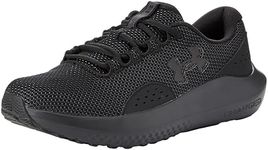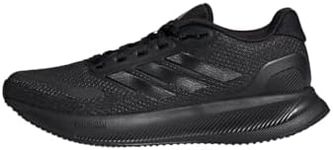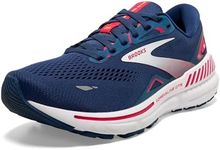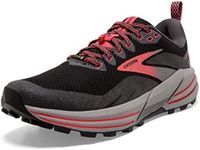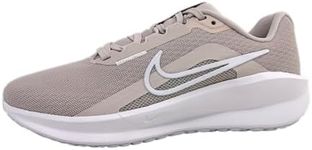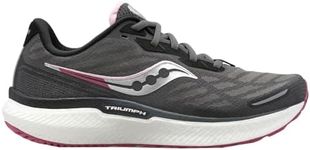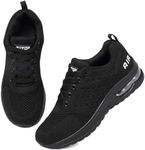Buying Guide for the Best Running Shoe For Women
Choosing the right running shoe is crucial for comfort, performance, and injury prevention. When selecting a running shoe, consider your foot type, running style, and the surfaces you typically run on. It's important to try on shoes later in the day when your feet are slightly swollen to ensure a good fit. Remember that the right shoe should feel comfortable from the start, without needing a break-in period.CushioningCushioning in running shoes refers to the material between your foot and the ground that absorbs impact. It's important because it can affect comfort and reduce the risk of injury. Cushioning levels range from minimal to maximum. Minimal cushioning is lighter and allows for more ground feel, suitable for experienced runners or those who prefer a natural running style. Moderate cushioning offers a balance of comfort and responsiveness, ideal for most runners. Maximum cushioning provides the most shock absorption, great for long-distance runners or those who prioritize comfort. Choose based on your running distance, surface, and personal comfort preference.
Arch SupportArch support in running shoes helps maintain the natural arch of your foot, which is important for stability and comfort. There are three main types: neutral, stability, and motion control. Neutral shoes are for runners with a normal arch who don't overpronate. Stability shoes offer support for mild to moderate overpronation, where the foot rolls inward. Motion control shoes provide maximum support for severe overpronation. To choose the right one, consider your arch type and pronation pattern, which can be assessed by a professional or through a wet foot test.
Heel-to-Toe DropThe heel-to-toe drop is the difference in height between the heel and the forefoot of the shoe. It's important because it affects your running form and can influence comfort and injury risk. A high drop (8-12mm) promotes a heel-strike running style and is common in traditional running shoes. A low drop (0-4mm) encourages a forefoot or midfoot strike, often found in minimalist shoes. A medium drop (4-8mm) offers a balance and is suitable for most runners. Choose based on your natural running style and any previous injuries or discomfort.
Fit and SizeThe fit and size of a running shoe are crucial for comfort and performance. A well-fitting shoe should have enough room in the toe box to wiggle your toes, a snug fit around the midfoot, and a secure heel. It's important to try on shoes with the socks you plan to run in and to consider any foot swelling that occurs during running. Sizes can vary between brands, so always try before you buy. Choose a size that feels comfortable and secure, without any pinching or slipping.
BreathabilityBreathability refers to how well a shoe allows air to circulate, keeping your feet cool and dry. It's important for comfort, especially during long runs or in hot weather. Shoes with mesh uppers tend to be more breathable, while those with more overlays or waterproof materials may be less so. If you run in warm climates or tend to have sweaty feet, prioritize breathability. For cooler climates or wet conditions, you might opt for less breathable but more protective materials.
DurabilityDurability in running shoes refers to how long the shoe maintains its performance and comfort before wearing out. It's important because it affects the value and longevity of the shoe. Durability can vary based on materials and construction. Shoes with reinforced outsoles and quality uppers tend to last longer. If you run frequently or on rough terrain, look for shoes with higher durability. For occasional runners or those on softer surfaces, durability might be less of a concern.
